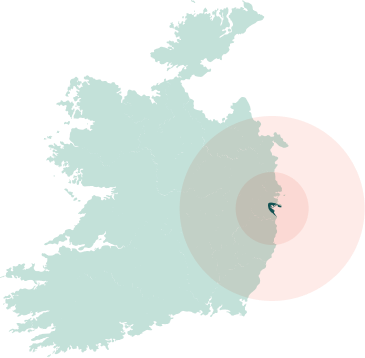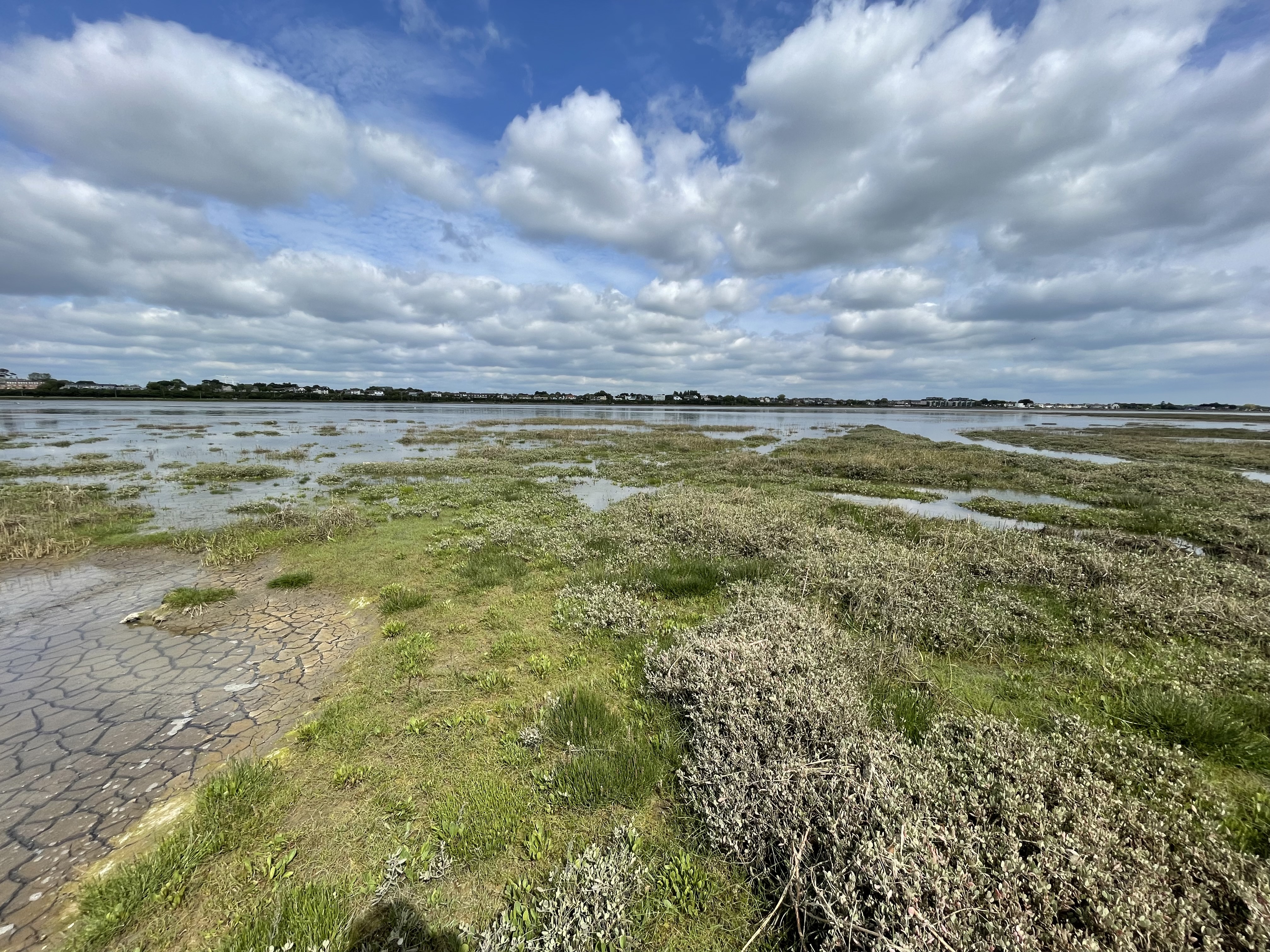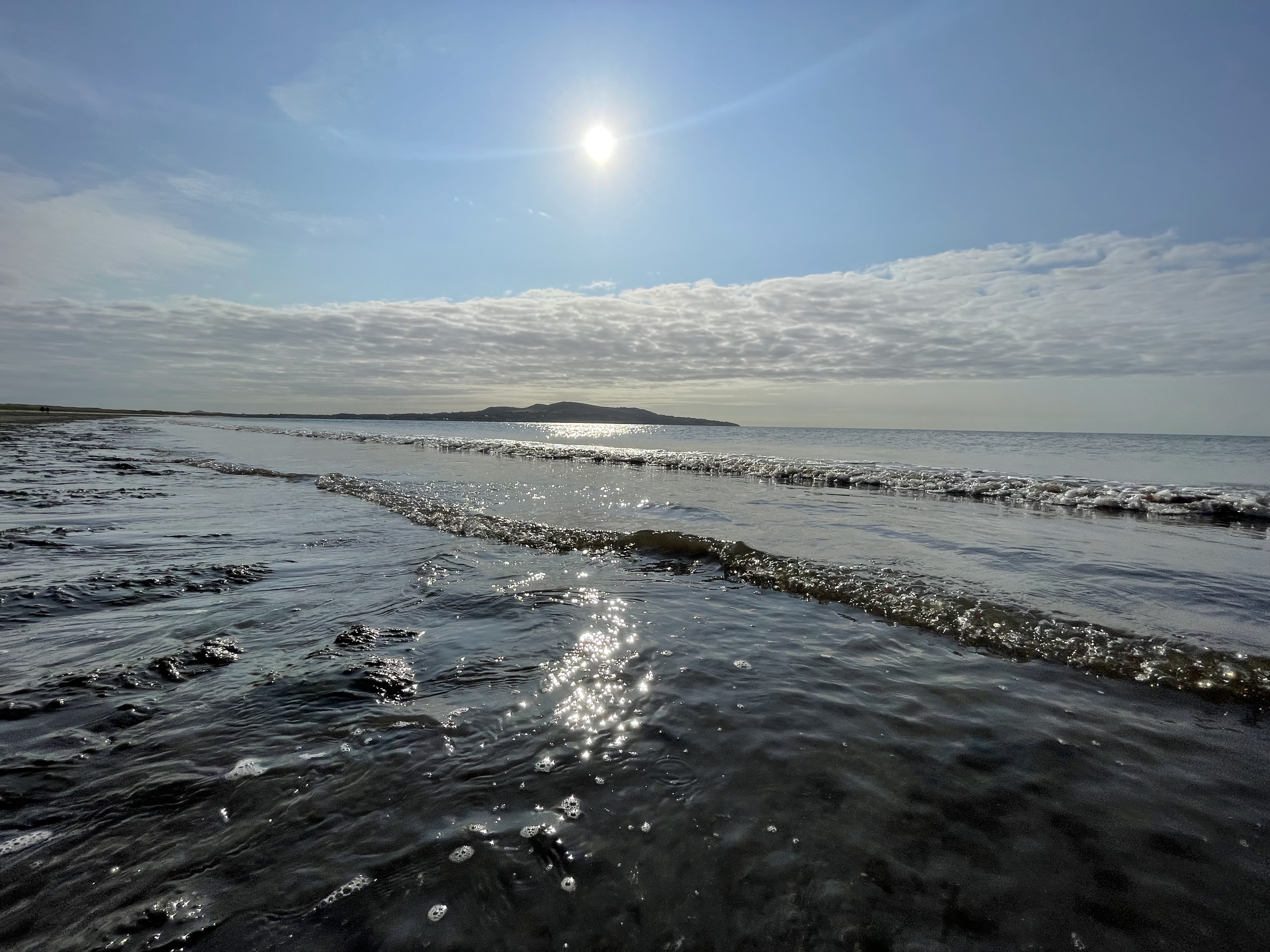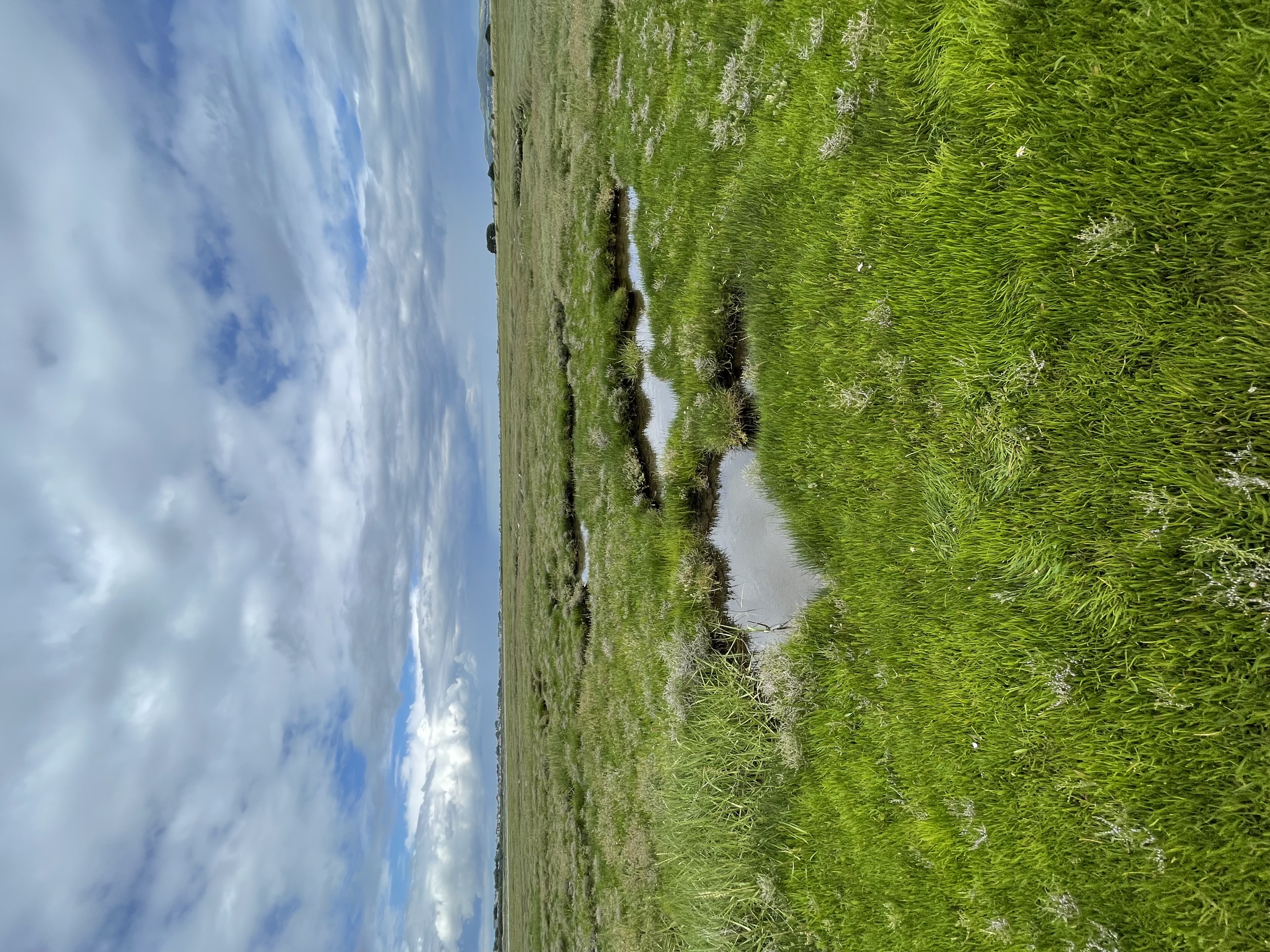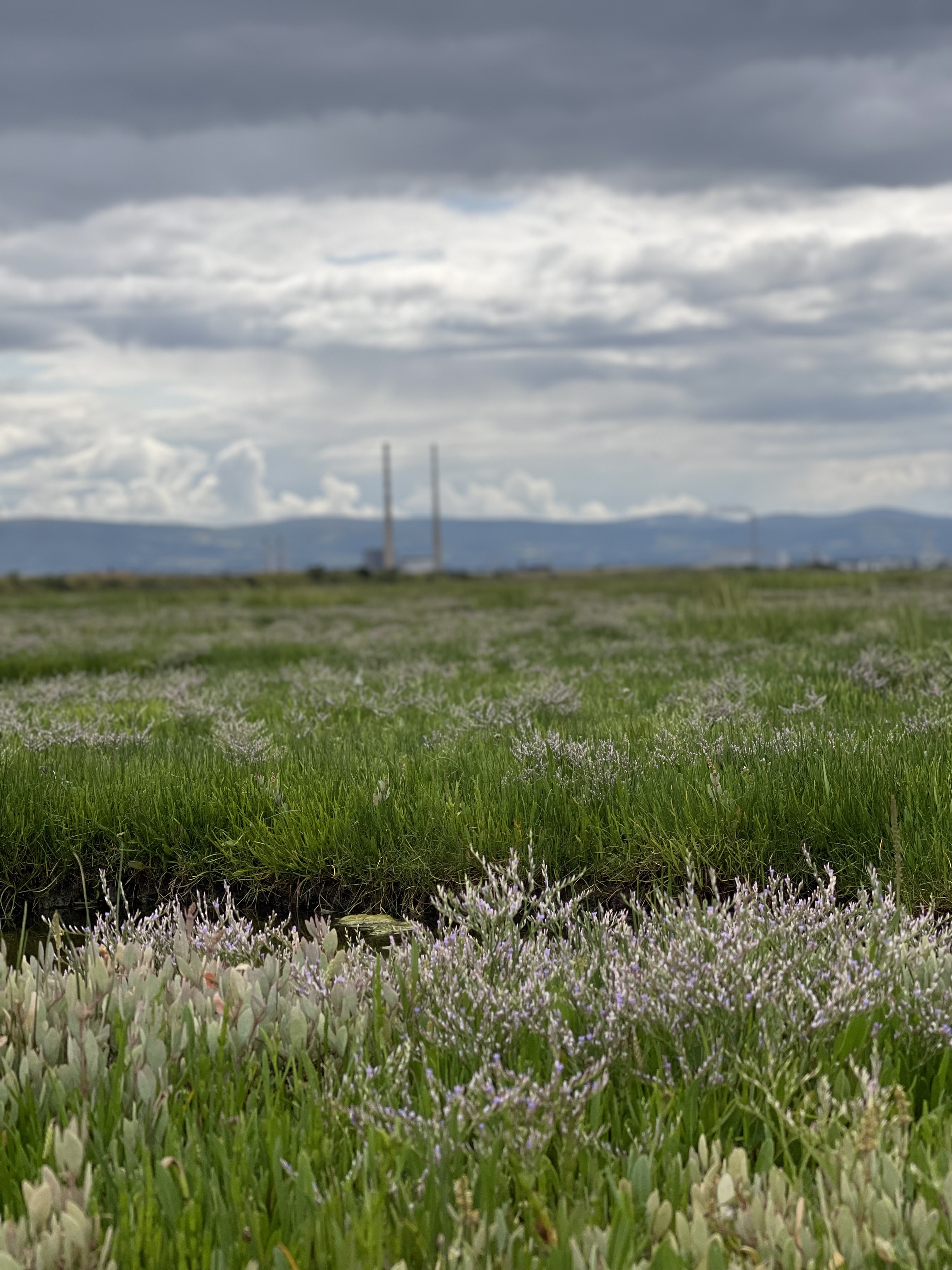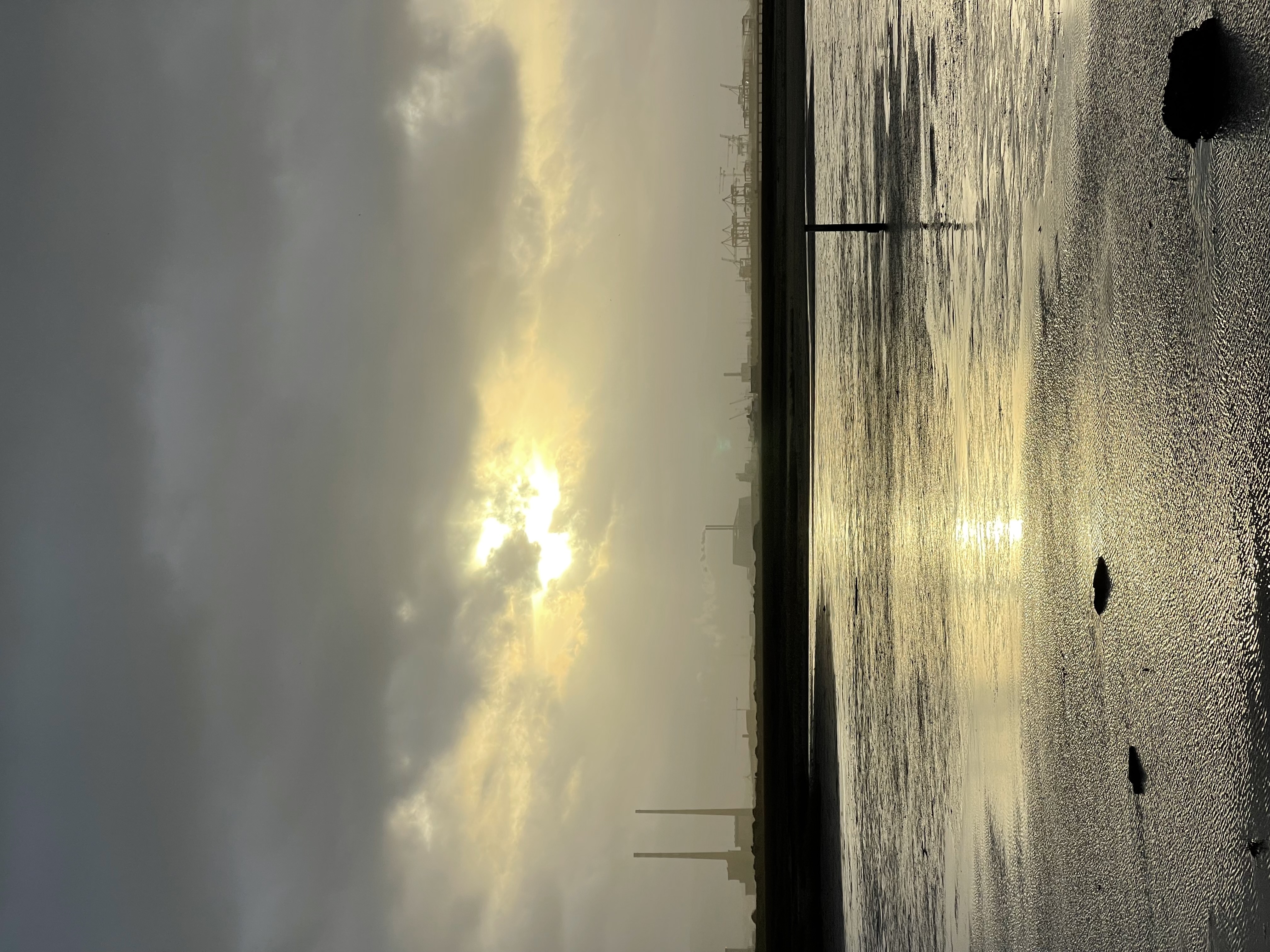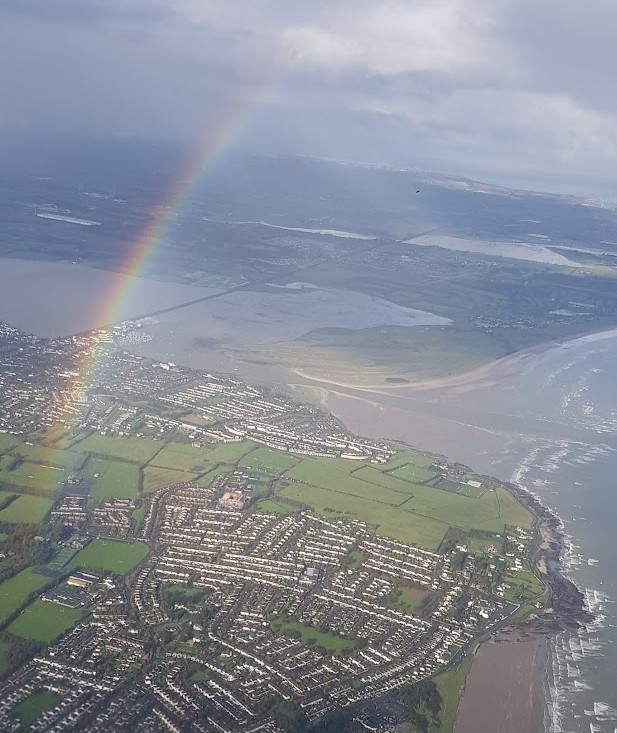Current
North Bull Island: Communities and stakeholders work together to preserve its role in national climate, carbon, and biodiversity goals. / Control and monitoring of invasive species like Sea-buckthorn and Common Cordgrass are ongoing. / Protection efforts focus on critical habitats and species, aiming to minimize disruption from humans and dogs.
Booterstown: Efforts are underway to integrate a growing sand spit into the nearby salt marsh, aiming to enhance biodiversity in line with Dublin City's action plan.
Turvey Nature Reserve: Fingal County Council is restoring saltmarsh habitat on former agricultural land, creating a rewilding site.

